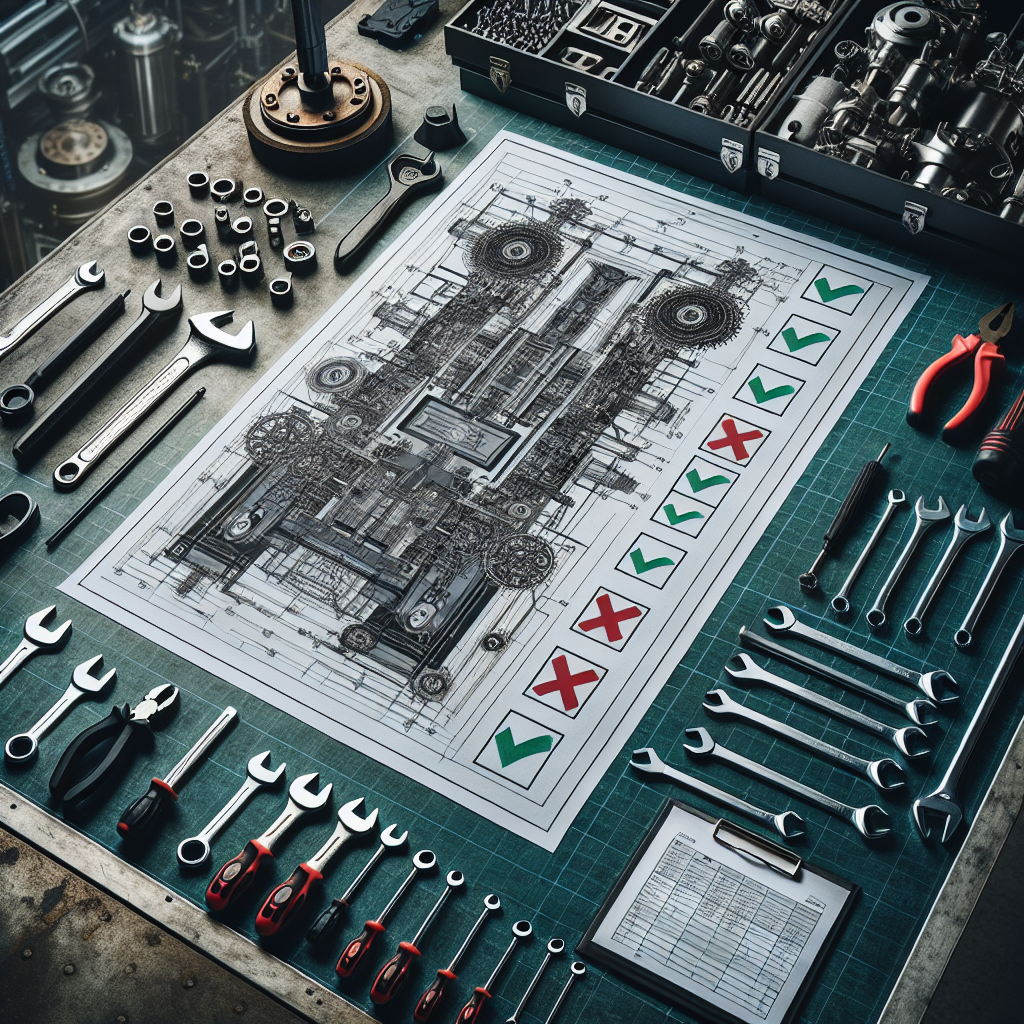Your cart is currently empty!
Common Mistakes to Avoid When Implementing Proactive Maintenance

Proactive maintenance is a crucial strategy for ensuring the smooth operation of machinery and equipment in any industrial setting. By taking a proactive approach to maintenance, companies can prevent breakdowns, reduce downtime, and ultimately save money in the long run. However, there are some common mistakes that companies often make when implementing proactive maintenance that can undermine its effectiveness. In this article, we will discuss some of these mistakes and provide tips on how to avoid them.
One common mistake that companies make when implementing proactive maintenance is failing to establish clear goals and objectives. Without a clear understanding of what they hope to achieve with their maintenance program, companies may struggle to prioritize maintenance tasks and allocate resources effectively. To avoid this mistake, it is important to develop a comprehensive maintenance plan that outlines specific goals, such as reducing downtime, increasing equipment lifespan, or improving overall equipment efficiency.
Another common mistake is relying too heavily on reactive maintenance practices. While reactive maintenance may be necessary in certain situations, such as emergencies or unexpected breakdowns, it is not a sustainable long-term strategy. Proactive maintenance, on the other hand, focuses on preventing issues before they occur through regular inspections, maintenance, and monitoring. To avoid this mistake, companies should shift their focus towards proactive maintenance practices and prioritize preventive maintenance tasks over reactive ones.
A third common mistake is neglecting to invest in the necessary tools and technology to support proactive maintenance efforts. In today’s digital age, there are a wide range of software programs, sensors, and other technologies available that can help companies monitor equipment performance, track maintenance tasks, and predict potential issues. By investing in these tools, companies can streamline their maintenance processes, improve data accuracy, and ultimately increase the effectiveness of their maintenance program.
Finally, a common mistake that companies make when implementing proactive maintenance is failing to involve all relevant stakeholders in the process. Maintenance is a team effort that requires collaboration between maintenance technicians, operators, managers, and other key personnel. By involving all stakeholders in the planning and implementation of proactive maintenance strategies, companies can ensure that everyone is on the same page and working towards a common goal.
In conclusion, proactive maintenance is an essential strategy for ensuring the reliability and efficiency of industrial equipment. By avoiding common mistakes such as failing to establish clear goals, relying too heavily on reactive maintenance, neglecting to invest in technology, and failing to involve all stakeholders, companies can maximize the effectiveness of their maintenance program and ultimately save time and money in the long run. By prioritizing proactive maintenance practices and investing in the necessary tools and resources, companies can ensure the smooth operation of their equipment and minimize costly breakdowns and downtime.

Leave a Reply